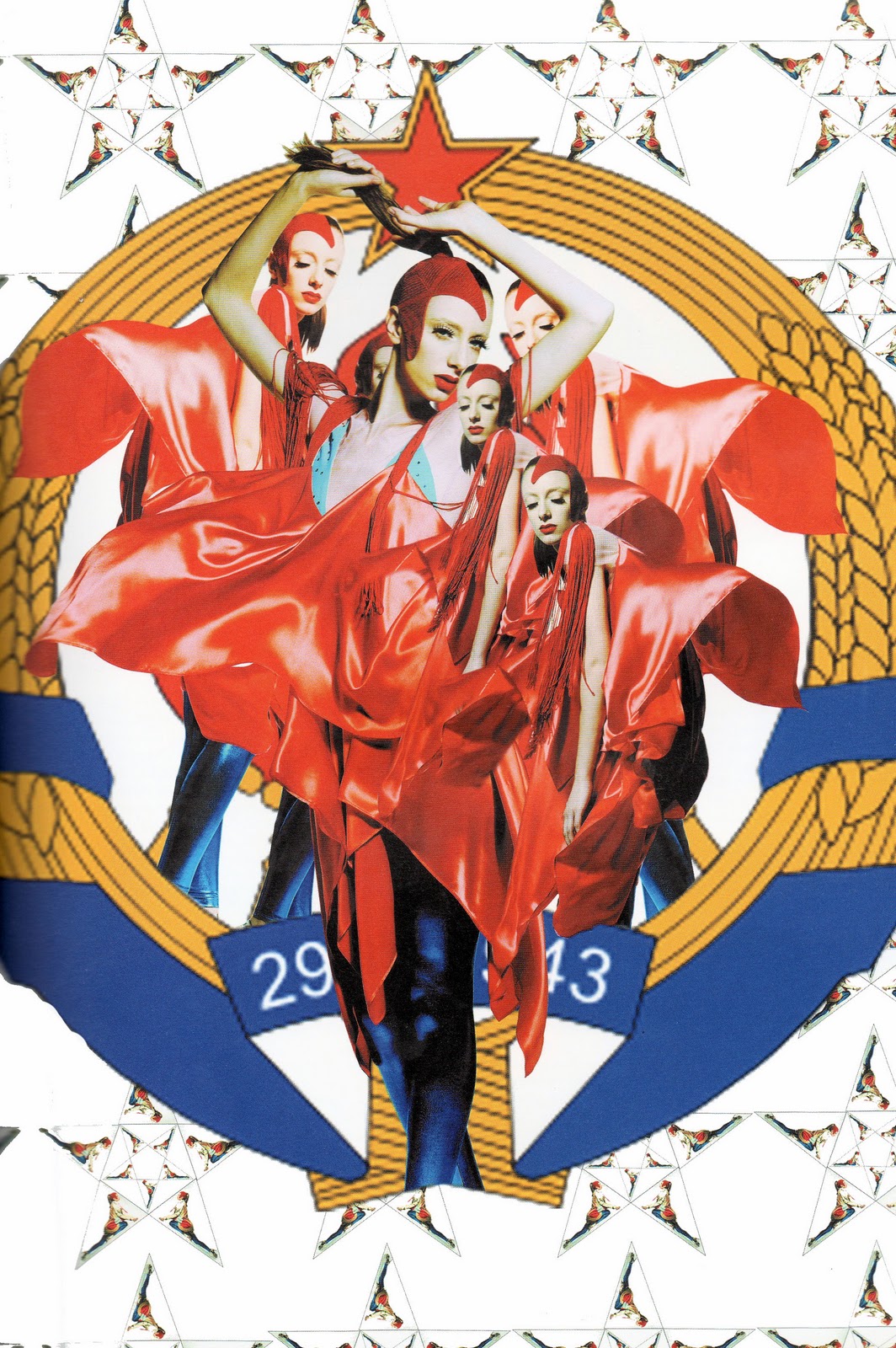Josip Broz Tito was born on the 7th of May in 1892, near Zagreb (Austria-Hungary, now Croatia]). Tito died on the 4th of May in 1980, in Ljubljana, Yugoslavia, now Slovenia. He was Yugoslav revolutionary and statesman. He was secretary-general (later president) of the Communist Party (League of Communists) of Yugoslavia (1939–80), supreme commander of the Yugoslav Partisans (1941–45) and the Yugoslav People’s Army (1945–80), and marshal (1943–80), premier (1945–53), and president (1953–80) of Yugoslavia. Tito was the chief architect of the SFR (Socialistic-Federation) Yugoslavia that lasted from World War II until 1991, when it collapsed. He was the first Communist leader in power to defy Soviet hegemony, a backer of independent roads to socialism (sometimes referred to as “national communism”), and a promoter of the policy of nonalignment between the two hostile blocs in the Cold War.
Yugoslavs followed him through mortal dangers because he had found the way to epitomise, for them, the destiny that had to be found. His authority came from the successes of the partisan struggle, but it also came – and this is another statement of the same thing – from his sheer demands of self-sacrifice and the serving of the common interest.
People grow under such demands when these are felt to be intensely right; and people love the leaders who thus make them grow, and gain a new dignity, and a new human worth. That is how it was with Josip Broz-Tito (Davidson:1980).
Josip Broz Tito wasn’t just a strong leader, he was also a ladies man. He met his wife Jovanka in 1944 in the city of Drvar, in Bosnia and Herzegovina, where she worked as a nurse. She was 32 years younger than him, but still she became his wife in April 1952. Soon, Jovanka Broz became the first lady of Yugoslavia. The divine couple had it all: The power, the prestige and the style. They were loved by the people of Yugoslavia and respected throughout the world.
But, this article is not a lesson from history, nor a story about the power of this socialist leader. It’s about how and why they became one of the best dressed couples in that time, or perhaps it’s better to say how they became the fashion icons? !!!
Jovanka Broz was the mother of the Yugoslav fashion industry. Her paternalistic relationship towards the fashion industry was exemplified in her visits to fashion fairs, shows and presentations of Yugoslav fashion labels that she organised for foreign officials. However, it was most evident in the way she dressed. Wearing mostly clothes manufactured and designed in Yugoslav fashion factories, Jovanka Broz was a living advertisement for the relatively young textile and clothing industry of Yugoslavia. However, her clothes were also part of the symbolism surrounding president Josip Broz. They were manufactured in factories that also produced industrial prêt-à-porter series for the masses. Therefore, Jovanka’s clothes functioned as a bridge between the social categories of the ruling elite and other citizens. However, despite the intention of the government to use clothes to promote official ideology (a classless society), social hierarchy and relations of domination and supremacy were unavoidably established.
Namely, Jovanka’s clothes were tailored and made-to-measure, while those for the people were ready-made results of mass production. Besides supporting the ruling ideology, Jovanka Broz also used clothes to demonstrate the concept of lifestyle and values propagated in socialism (decency, modesty, promotion of mediocracy and appropriateness under the flag of “culture”). Although she actually did posses privileges and other signs of social distinction, in her everyday dress style Jovanka displayed modesty and reservedness.
The ethos of conformity made Yugoslavia’s first lady the personification of socialist values. In a hierarchical society such as Yugoslavia was, lifestyles fitting into the propagated system functioned as bridge between polarities (Velimirović:2008).

References:
– Britannica On-line Encyclopedia
– Davidson. B., 1980. History Today, Volume 30
– Velimirović, D., 2008. Moda i Identitet (Fashion and Identity), Belgrade
Illustrations:
Old photos
– Gold album – Photos of the presidential couple of Yugoslavia 1952 – 1968
Authors: Dragutin Grbić, Miloš Rašeta, Aleksandar Stojanović and Mirko Lovrić.
Color photos
– Serbian Fashion and Art magazine Faar no. 07

Writer. Blogger. Traveler. Researcher. Electronic Music Lover.























